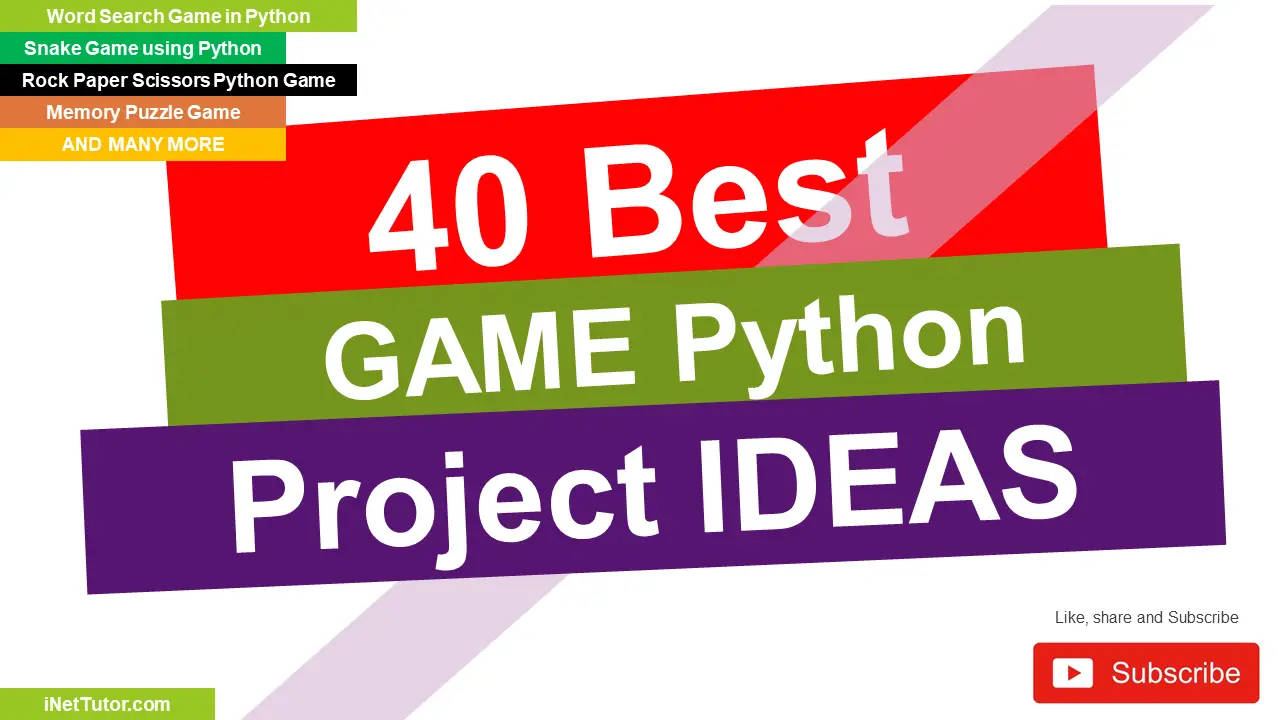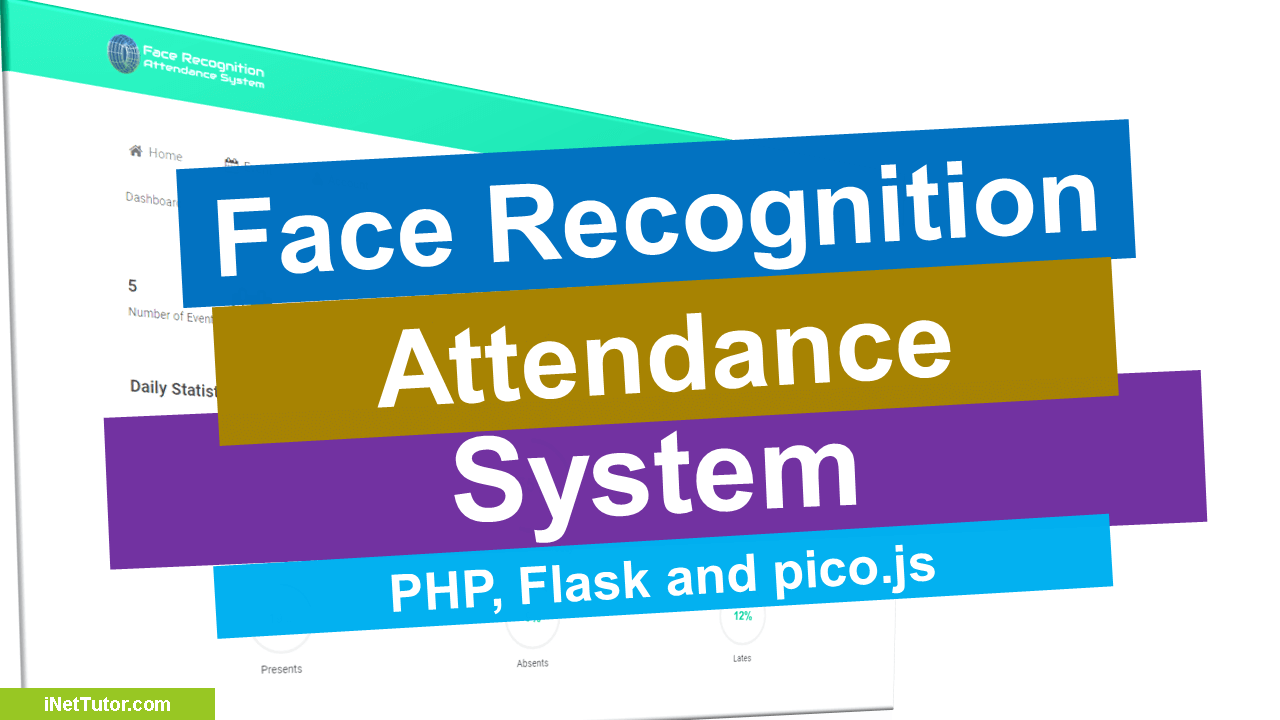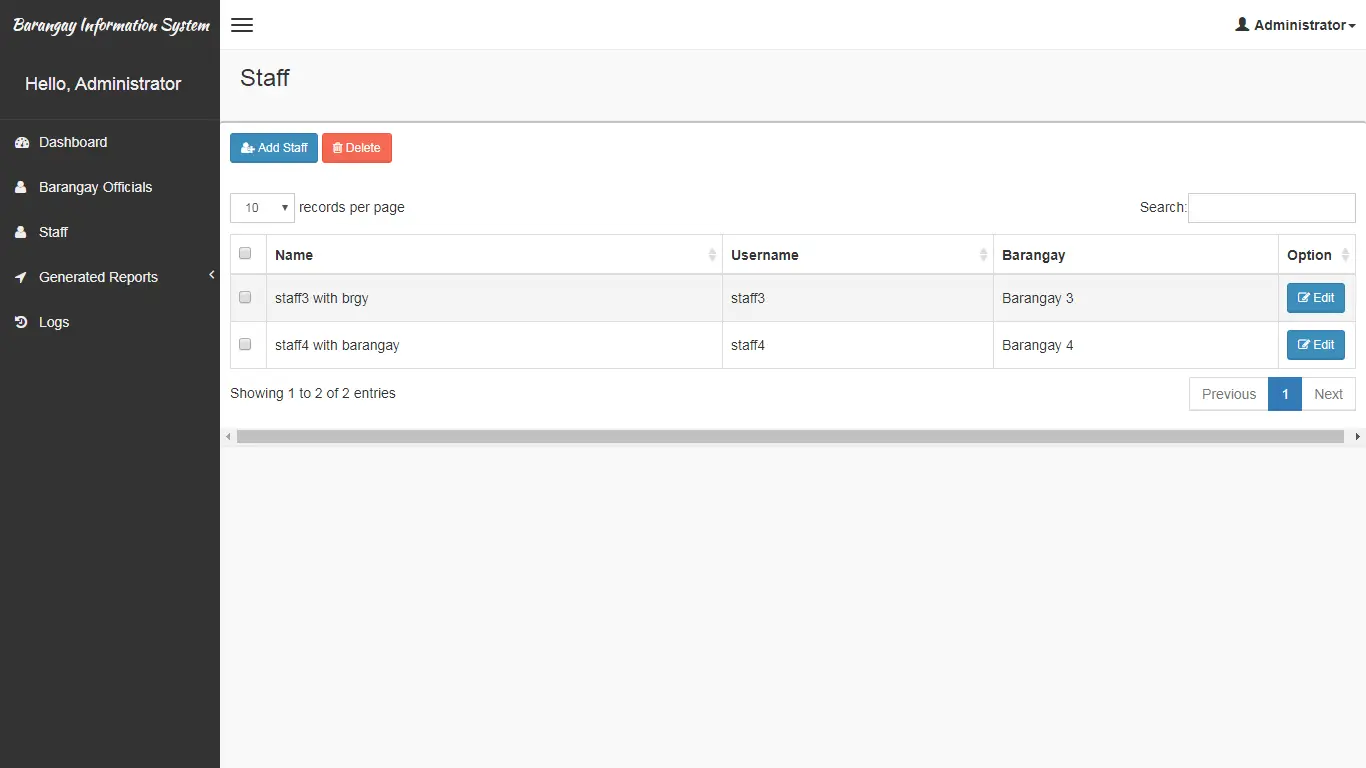Top 10 Flask Project Ideas for Machine Learning and Web Development
Introduction
Table of Contents
Flask is a lightweight and powerful web framework in Python that has gained immense popularity among developers for building web applications. Known for its simplicity and flexibility, Flask allows developers to create web applications with minimal setup, making it a preferred choice for both beginners and experienced developers. Flask’s modularity and scalability make it an ideal choice for a variety of web development projects, ranging from simple websites to complex web applications.
In recent years, the combination of Flask and machine learning has opened up new possibilities for developing innovative and intelligent web applications. Integrating machine learning models into Flask web applications allows developers to create more dynamic, interactive, and personalized user experiences. Whether it’s building a sentiment analysis tool, an image classification app, or a recommendation system, the synergy between Flask and machine learning is transforming the landscape of modern web development.
The purpose of this blog is to provide a curated list of Flask project ideas that blend the power of machine learning and web development. These project ideas are designed to help both beginners and intermediate developers enhance their skills, explore new technologies, and build real-world applications. By the end of this post, you’ll have a variety of Flask project ideas to choose from, each offering a unique way to combine Python-based web development with cutting-edge machine learning techniques. Whether you’re looking to build a simple web app or a complex machine learning application, these Flask project ideas will serve as a great starting point for your next project.
Why Use Flask for Machine Learning and Web Development?
When it comes to combining machine learning with web development, Flask stands out as an excellent choice for developers. Let’s explore why Flask is particularly well-suited for projects that merge these two domains:
- Lightweight and Flexible Framework
Flask’s minimalist design philosophy makes it an ideal choice for machine learning projects. As a micro-framework, Flask provides the essentials without imposing unnecessary structure or dependencies. This lightweight nature allows developers to:
– Quickly prototype and iterate on ideas
– Customize the application structure to fit specific project needs
– Focus on implementing machine learning features without wrestling with complex web frameworks
- Seamless Integration with Python-based Machine Learning Libraries
Flask’s Python foundation makes it incredibly easy to integrate with popular machine learning libraries. This synergy enables developers to leverage powerful tools such as:
– TensorFlow for deep learning models
– Scikit-learn for traditional machine learning algorithms
– PyTorch for dynamic neural networks
– NLTK for natural language processing tasks
By using Flask, you can seamlessly incorporate these libraries into your web application, creating a bridge between sophisticated machine learning models and user-friendly web interfaces.
- Scalability and Efficient Handling of RESTful API Requests
As your machine learning web application grows, Flask offers the scalability to meet increasing demands:
– Flask’s modular design allows for easy scaling of application components
– Efficient handling of RESTful API requests makes it suitable for serving machine learning models as microservices
– Integration with WSGI servers like Gunicorn enables Flask to handle high-traffic applications
- Rich Ecosystem of Extensions
Flask’s extensive ecosystem of extensions provides additional functionality that’s particularly useful for machine learning projects:
– Flask-RESTful for building APIs to serve machine learning models
– Flask-SQLAlchemy for easy database integration to store and retrieve model data
– Flask-SocketIO for real-time applications, such as live predictions or model updates
- Developer-Friendly and Easy to Learn
For those new to web development or transitioning from pure machine learning backgrounds, Flask offers a gentle learning curve:
– Simple syntax and clear documentation make it accessible to beginners
– Pythonic nature allows machine learning experts to quickly adapt to web development
By choosing Flask for your machine learning web development projects, you’re selecting a framework that offers the perfect balance of simplicity, flexibility, and power. Whether you’re building a simple model deployment interface or a complex, AI-driven web application, Flask provides the tools and ecosystem to bring your ideas to life efficiently and effectively.

Top 10 Flask Project Ideas
Combining Flask with machine learning opens up a world of opportunities for innovative web applications. Here are ten project ideas that leverage Flask’s capabilities and integrate various machine learning techniques:
- Sentiment Analysis Web App
- Overview: Build a web application that takes text input from users and analyzes the sentiment—positive, negative, or neutral—using a machine learning model. This type of app can be used for customer feedback analysis, social media monitoring, or product reviews.
- Tools: Flask, Python, Natural Language Toolkit (NLTK), Scikit-Learn.
- Image Classification Web App
- Overview: Develop a web interface where users can upload images, and the app will classify them into categories using a pre-trained deep learning model. This project can be used for educational purposes, content organization, or even security systems.
- Tools: Flask, TensorFlow/Keras, OpenCV.
- Real-Time Object Detection App
- Overview: Create a web application capable of processing video streams or images to detect and identify objects in real-time. This app can be useful for surveillance, autonomous vehicles, or robotics applications.
- Tools: Flask, YOLO (You Only Look Once) model, OpenCV.
- Personal Finance Dashboard
- Overview: Build a dashboard that allows users to input their financial data, which the app then analyzes to visualize spending patterns and predict future financial trends. This project is ideal for helping individuals manage their finances better.
- Tools: Flask, Pandas, Matplotlib, Scikit-Learn.
- Recommendation System
- Overview: Develop a web application that provides personalized recommendations for products, movies, articles, or other content based on user behavior and preferences. This project can enhance user engagement on e-commerce platforms, streaming services, and more.
- Tools: Flask, Pandas, Scikit-Learn, collaborative filtering techniques.
- Chatbot Integration
- Overview: Create a chatbot integrated into a website that uses natural language processing (NLP) to understand and respond to user queries. This type of chatbot can improve customer service, provide instant support, and enhance user interaction.
- Tools: Flask, TensorFlow, NLTK, Flask-SocketIO.
- Medical Diagnosis System
- Overview: Build a web application that helps diagnose diseases based on user-reported symptoms using machine learning models. This type of app can serve as an initial screening tool for healthcare providers or educational purposes.
- Tools: Flask, TensorFlow, Scikit-Learn, medical datasets.
- Fraud Detection System
- Overview: Develop a web-based tool to analyze financial transaction data and detect possible fraud. This project can be used by financial institutions to prevent fraudulent activities and secure transactions.
- Tools: Flask, Pandas, Scikit-Learn, anomaly detection algorithms.
- Smart Home Automation Dashboard
- Overview: Create a web interface that allows users to control and monitor smart home devices. The app can include predictive features that adjust settings based on user behavior, making homes more energy-efficient and convenient.
- Tools: Flask, MQTT, Python, machine learning algorithms for predictions.
- Social Media Sentiment Analysis
- Overview: Build a tool that scrapes social media platforms for data and analyzes the sentiment around specific topics, brands, or products. This app can be used for market research, brand monitoring, or understanding public opinion.
- Tools: Flask, BeautifulSoup/Scrapy, NLTK, Scikit-Learn.
These Flask project ideas offer a great way to explore the intersection of web development and machine learning. By working on these projects, developers can not only enhance their programming skills but also gain valuable insights into practical applications of machine learning. Whether you’re a beginner looking to start a new project or an intermediate developer aiming to expand your portfolio, these ideas provide a solid foundation for building innovative and impactful applications.

How to Get Started with These Projects
Embarking on a project that combines Flask with machine learning can seem daunting at first, but with the right preparation, you can set yourself up for success. Here’s a step-by-step guide to help you get started with these exciting projects:
- Basic Requirements: Python, Flask Installation, and Environment Setup
Before diving into any project, ensure you have the essential tools and environment set up:
- Python Installation: Make sure Python is installed on your machine. You can download the latest version from the official Python website. Python is the backbone of both Flask and the machine learning libraries you’ll use.
- Flask Installation: Once Python is set up, install Flask using pip, the Python package manager. You can do this by running the following command in your terminal or command prompt:
pip install Flask
- Environment Setup: It’s a good practice to use virtual environments to manage dependencies for your projects. You can create a virtual environment by running:
python -m venv myenv
Activate the virtual environment (on Windows, use myenv\Scripts\activate, and on macOS/Linux, use source myenv/bin/activate). Then, install Flask and other dependencies within this environment.
- Tips for Finding Datasets and Pre-Trained Models
Finding the right dataset and pre-trained models is crucial for developing machine learning applications:
- Datasets: Many machine learning projects require substantial data for training and testing. Websites like Kaggle, UCI Machine Learning Repository, and Google Dataset Search offer a wide range of datasets for various use cases, including sentiment analysis, image classification, and more.
- Pre-Trained Models: Using pre-trained models can significantly reduce the time and resources needed for a project. Libraries like TensorFlow and PyTorch offer pre-trained models that can be easily integrated into your Flask applications. Look into model zoos provided by TensorFlow Hub and PyTorch Hub for ready-to-use models.
- Importance of Learning RESTful APIs for Integrating Machine Learning Models with Web Applications
Understanding and implementing RESTful APIs is essential for deploying machine learning models as web applications:
- What Are RESTful APIs?: REST (Representational State Transfer) is an architectural style for designing networked applications. A RESTful API allows different applications to communicate with each other over the web. In the context of machine learning, RESTful APIs are used to expose machine learning models so they can receive inputs (such as data or images) and return predictions.
- Why Are They Important?: Learning to create RESTful APIs with Flask is crucial because it enables you to deploy machine learning models and make them accessible to other applications or clients. This is how web applications can provide real-time insights and predictions based on user interactions.
- How to Get Started: Flask makes it easy to create RESTful APIs. Start by defining routes in your Flask app that handle different HTTP methods (GET, POST, etc.). Use these routes to accept input data, process it using your machine learning model, and return the results. Flask’s simplicity makes it straightforward to create endpoints for your models and integrate them seamlessly with your web application.
Starting with Flask and machine learning projects requires a few essential steps: setting up the right environment, finding the appropriate datasets and models, and understanding how to use RESTful APIs. By mastering these foundational aspects, you can effectively build and deploy powerful web applications that leverage the capabilities of machine learning. These skills not only enhance your portfolio but also open doors to developing innovative solutions in the tech industry. Whether you’re aiming to create a sentiment analysis app, a recommendation system, or a smart home automation dashboard, getting started with Flask will provide a strong foundation for your journey into web development and machine learning.
Conclusion
In this blog post, we’ve explored a variety of Flask project ideas that incorporate machine learning. These projects offer a practical way to apply your knowledge and skills in both web development and machine learning.
We encourage you to experiment with these ideas and build upon them to create your own unique projects. The possibilities are endless!
As machine learning continues to advance and Flask remains a popular web framework, the future of web development is brimming with exciting opportunities. By combining these powerful tools, you can develop innovative and intelligent web applications that solve real-world problems.
So, start exploring, experimenting, and building your own Flask machine learning projects today! The journey is rewarding, and the possibilities are limitless.
Readers are also interested in:
You may visit our Facebook page for more information, inquiries, and comments. Please subscribe also to our YouTube Channel to receive free capstone projects resources and computer programming tutorials.
Hire our team to do the project.


